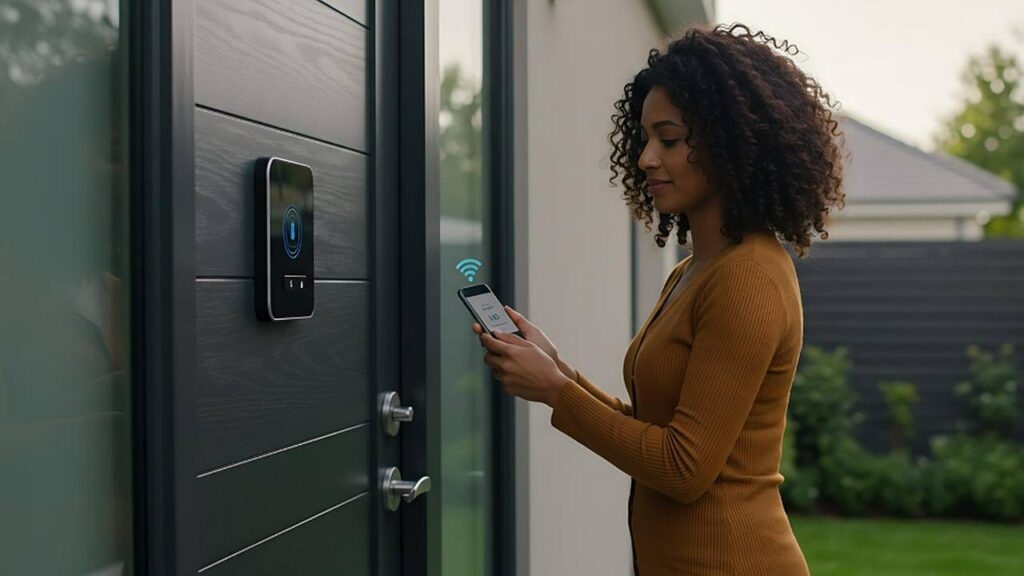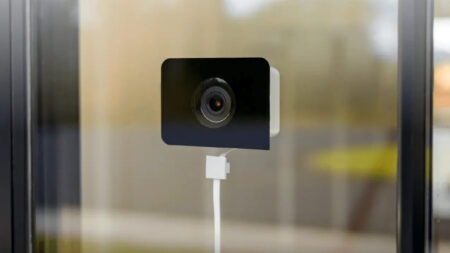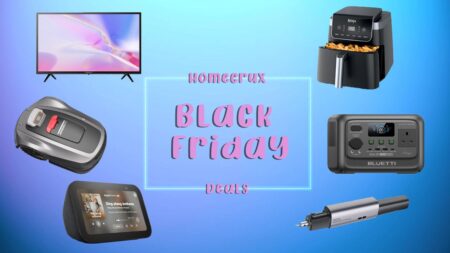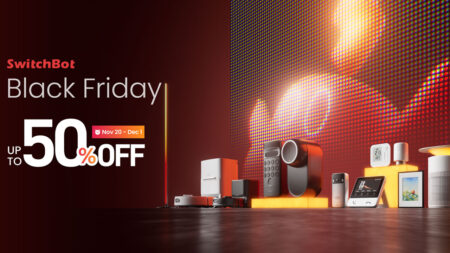Smart home devices are no longer limited to lights, speakers, or thermostats. Home security is of utmost importance today, and one of the most practical innovations in this regard is the smart lock. These replace or enhance the benefits of traditional door locks with features that make entry more flexible, convenient, and obviously more secure.
Most Important Features of Smart Locks
If upgrading home security is on your mind, it’s worth exploring the features of smart locks and knowing which ones are the best options to own in 2025.
Keyless Entry Options
One of the primary reasons people opt for a smart lock is the convenience of unlocking a door without requiring a key to do so. Most smart locks instead use PIN codes, fingerprint recognition, or smartphone apps to grant access to the user. This can make life easier for households where family members often misplace keys or need to provide entry to multiple family members.
A significant benefit of keyless entry is also the flexibility it provides for guests or service providers. Instead of copying keys or having to leave spares under a doormat, temporary codes can be generated and shared. These temporary codes generally come with expiration settings to ensure they stop working after a certain time. This reduces the risk of someone continuing to use an old code once their access should have ended.
Remote Access and Control
Smart locks connect to Wi-Fi or Bluetooth. This allows them to be controlled remotely via a dedicated mobile app. Remote access means homeowners can lock or unlock doors even when they’re not at home. For instance, if you forget to lock up before leaving, you can check the lock status and secure it from your phone later.
This feature also lets permitted visitors in without being physically present. A friend dropping by, a dog walker, or a delivery person can be granted entry with a quick tap on the app. Sometimes, you receive notifications whenever the door is locked or unlocked, providing extra reassurance.
Design and Installation Options
Smart locks are found in various designs, from sleek and modern looks to styles that resemble traditional deadbolts. Some replace the entire lock system, while others are designed to work with the hardware already in place. This variety makes it easier to find a setup that matches both the door’s look and the level of convenience desired.
A smart lock retrofit is a good example of this flexibility. Since it works with the existing lock, it forgoes the need for major changes or professional help. This kind of upgrade makes security more accessible and budget-friendly while still providing the essential features many households want.
Multiple User Profiles
Many smart locks allow multiple profiles to be set up, each with its own access method. That means you can assign different codes or credentials to family members, roommates, or frequent visitors. The interesting part is that you can track each profile separately, so the app often shows who entered and at what time.
This feature provides more visibility compared to traditional locks. Instead of having to guess who used a spare key, the activity logs provide clear information. It also ensures that access can be easily managed. For instance, if someone moves out or no longer needs entry, you can disable their profile without affecting others.
Integration With Smart Home Systems
Smart locks also work in an ecosystem. Many are designed to work with other smart devices such as security cameras, alarm systems, or voice assistants. Integration allows more convenience. It lets a user unlock the door using a voice command or have the lights turn on automatically when the door is unlocked.
Compatibility varies depending on the lock and the ecosystem it supports. Some locks are designed to work with platforms like Amazon Alexa or Google Home, while others work with multiple systems over Matter. Before purchasing, it’s useful to check whether the lock will integrate smoothly with the devices you are already using at home.
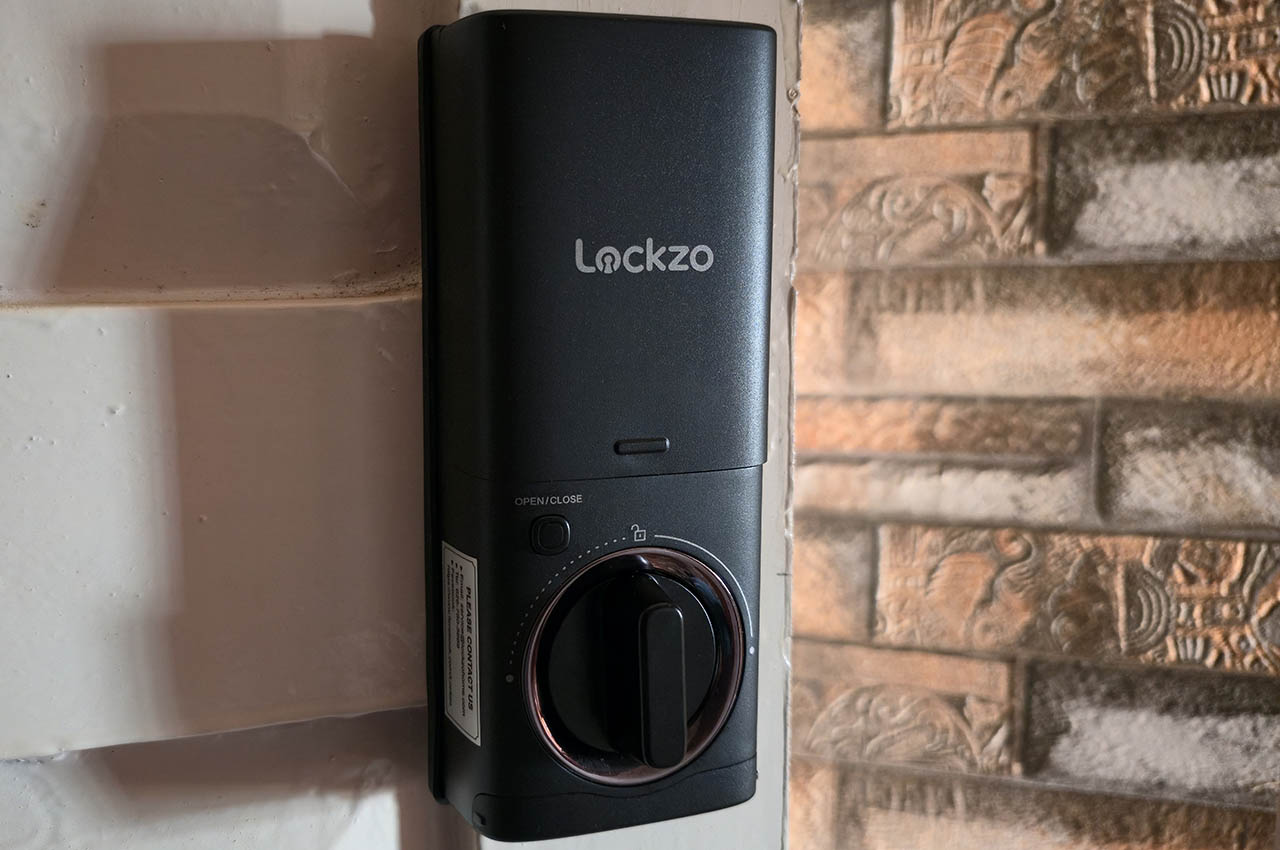
Auto-Lock and Unlock Functions
Forgetting to lock the door is a common concern, and smart locks address this with auto-lock features. The lock can be set to secure itself after a specific time or as soon as the door closes. This eliminates the worry of leaving the house with the door accidentally unlocked.
On the other hand, auto-unlock uses proximity detection. When the authorized smartphone approaches, the lock recognizes it and unlocks automatically. This can be useful when you are carrying groceries or bags. It removes the need to fumble for keys or a phone.
Battery Backup and Power Alerts
Unlike mechanical locks, smart locks rely on electronic components, which means they need power. Most are battery-operated, and also usually include low-battery alerts. These notifications, sent to a connected smartphone, give enough time to homeowners to replace the batteries before the lock stops functioning.
Some locks also include backup methods, such as a hidden keyhole or external power port. These safeguards ensure that even if the batteries fail, there’s still a way to unlock the door. This balance between technological convenience and reliability keeps the system practical in everyday use.
Activity Monitoring and Notifications
Beyond locking and unlocking, many smart locks record activity. The app often shows a history log with details such as who accessed the door and when. This transparency can help homeowners keep track of entries and exits throughout the day.
Real-time notifications enhance this feature by sending alerts immediately when the lock is used. This can provide peace of mind, especially for parents who are keeping an eye on their children when they arrive home or for anyone concerned about unauthorized entry attempts.
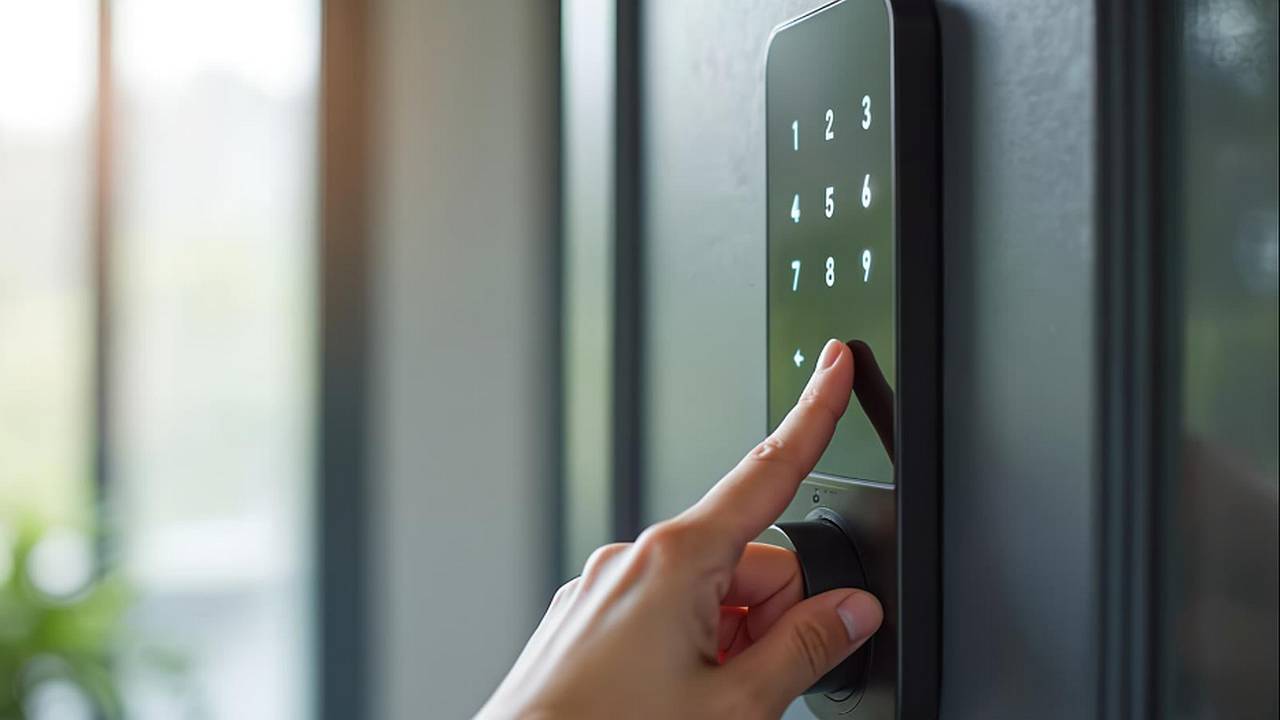
Our Recommendation: A Quick Look at the Best Smart Locks
Smart locks vary widely in terms of which smart home ecosystems or door hardware they work with. Before you buy, make sure your lock works with your preferred voice assistant, security hub, or door. Here’s a quick guide to the best choices:
- Best Overall Smart Lock: Level Lock+ Connect
- Best for Apple HomeKit Users: Schlage Encode Plus
- Best for Amazon Alexa Users: Kwikset Halo Select
- Best for Google Home Users: Google Nest x Yale Lock
- Best for Matter Compatibility: SwitchBot Lock Ultra Vision
- Best Budget Option: Wyze Cam Pan V4
- Best for Renters: Yale Approach Lock
- Best for Innovation Appreciators: TCL K1 Door Knob
Takeaway
Smart locks are a step forward in home security. They offer more than just a fresh way to lock and unlock a door. They provide flexibility in managing user access, adding extra control, and creating options that suit the different needs of your household. As the smart lock market begins to saturate, the choice comes down to personal preference and comfort with technology. At their core, the purpose of the lock remains the same: keeping homes secure while making daily life a little more convenient.
FAQs
A. Yes, most smart locks are designed with security in mind. The locks use encryption to protect your access codes and biometric data. To reduce risks, however, it is advised to keep your lock’s firmware updated, use strong passwords, and enable two-factor authentication when possible.
A. Yes, many smart locks are Bluetooth-enabled and can lock and unlock when your phone is nearby. Some locks even store temporary PIN codes or fingerprint data.
A. Battery life varies by smart lock model, but generally lasts 6 to 12 months. High-end AI smart locks may last longer due to their installed energy-efficient sensors. Most locks send low-battery alerts to your phone, so you have plenty of time to replace them and save yourself an emergency.
A. If the battery dies, most smart locks have backup options. Some have a keyhole, others may have a USB-C power port.
A. If you value convenience, flexibility, and home security automation, smart locks are a great investment. They offer keyless entry, multi-user access, and remote control via mobile app.
A. Most smart locks are designed for standard doors with deadbolts, but not every lock fits every door. Some models require a minimum thickness or specific bolt types. Always check compatibility and installation requirements before purchasing. Retrofit options are great for renters or older doors.
Follow Homecrux on Google News!
